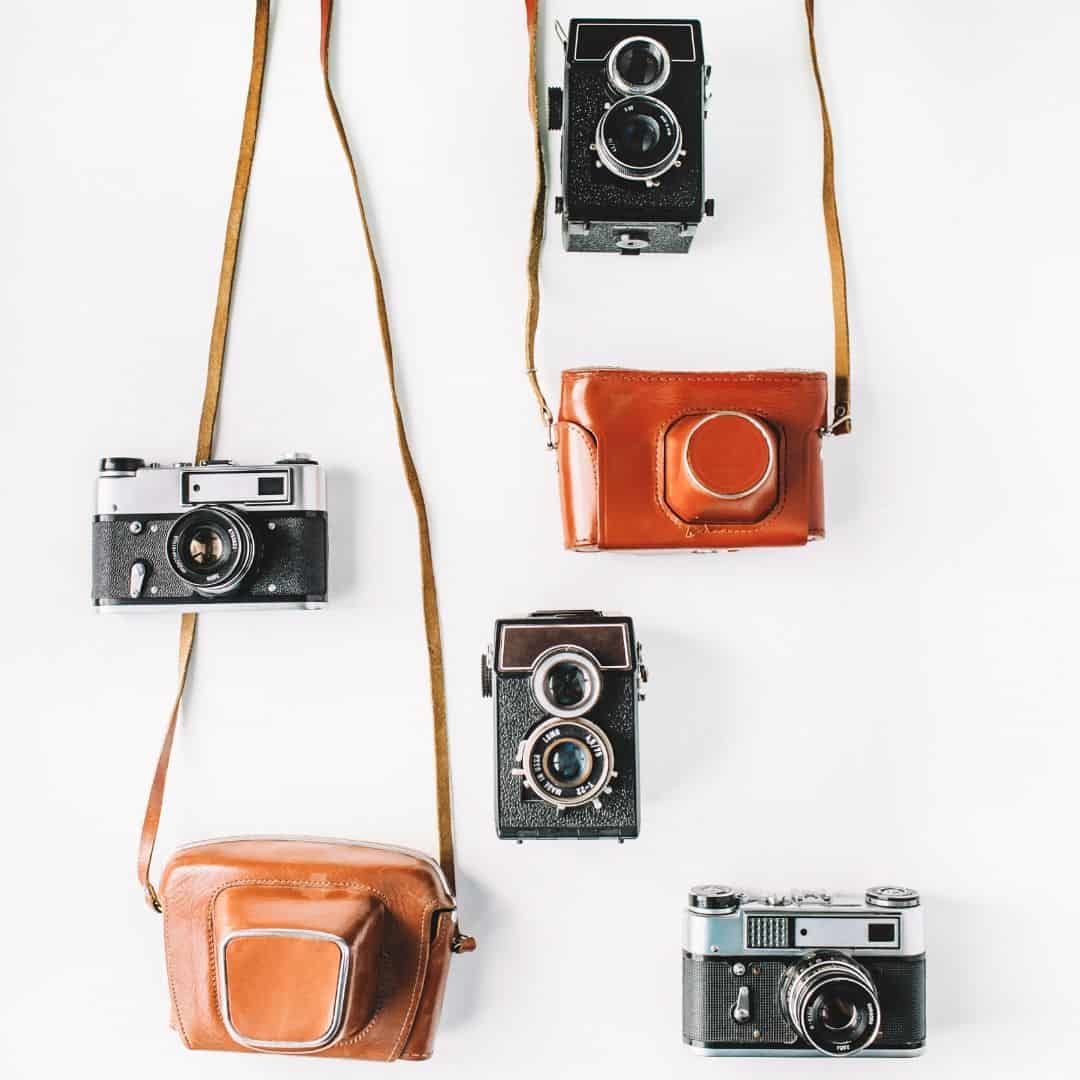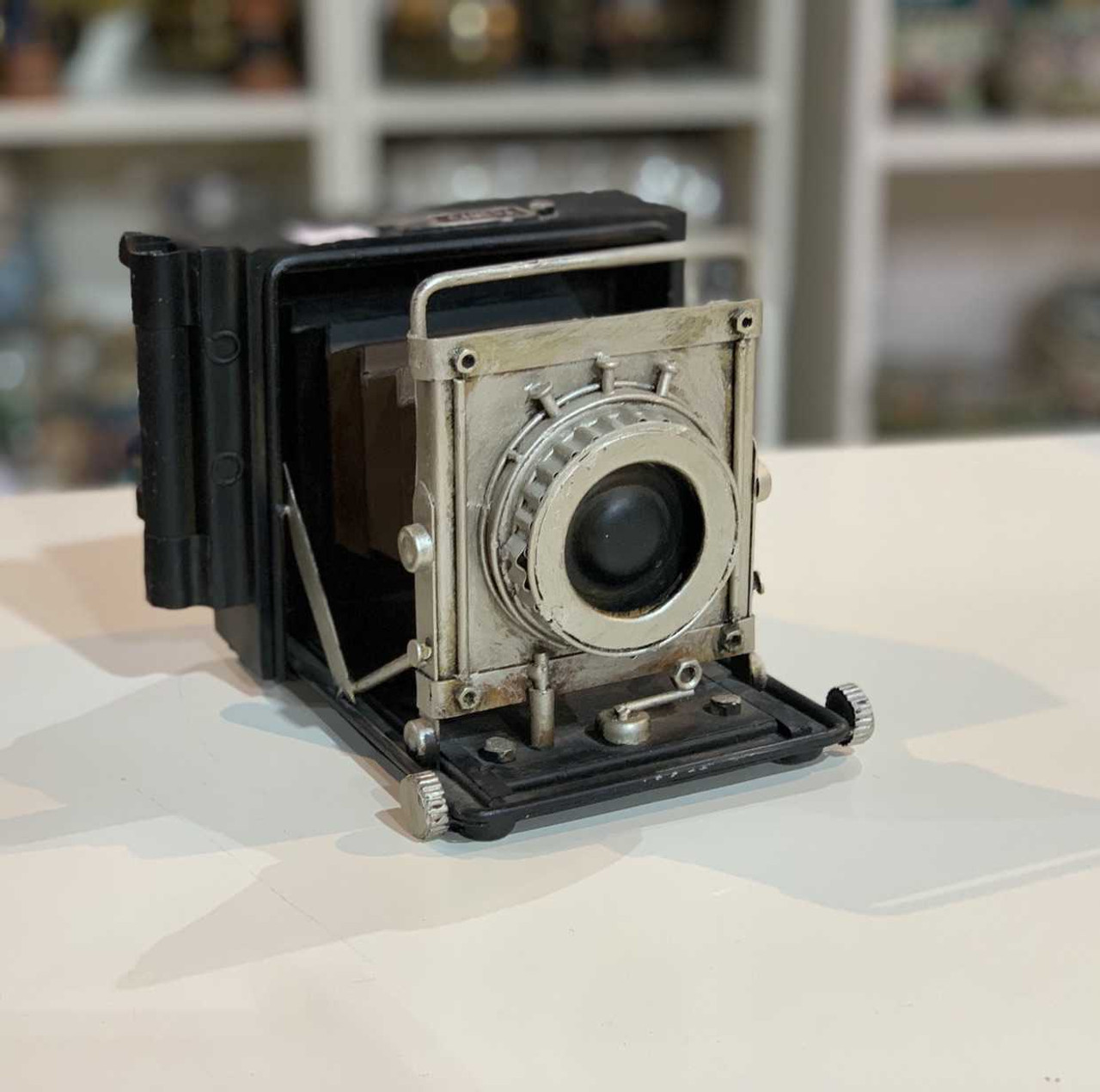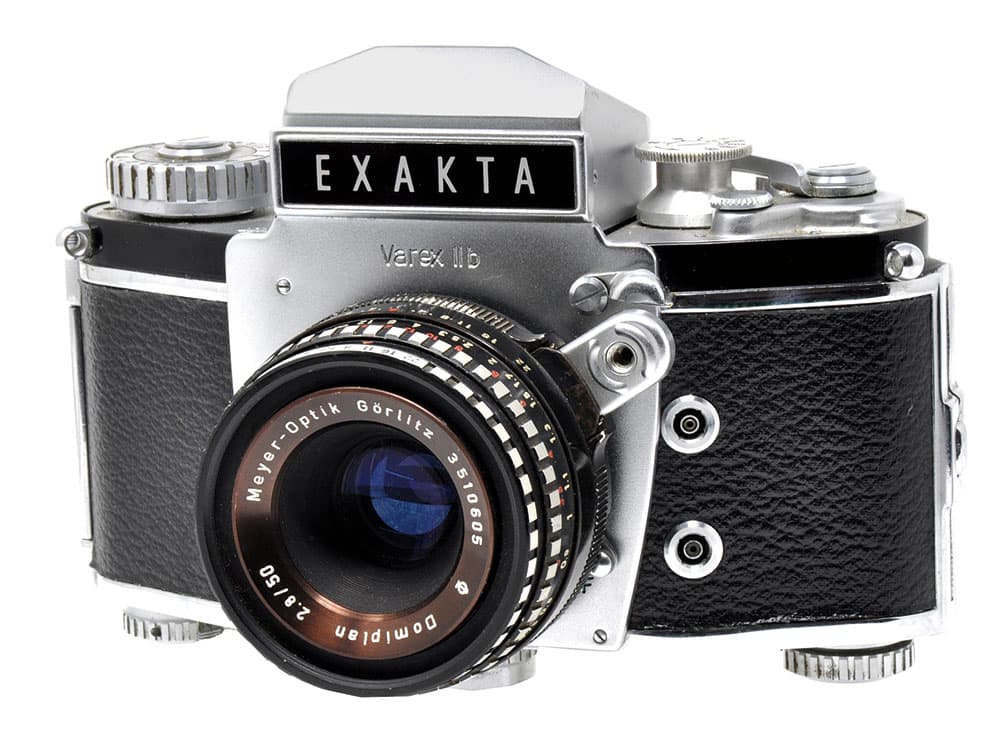In an era dominated by digital technology, the allure of vintage cameras has surprisingly amplified, captivating photographers across the globe. Old-school film cameras from bygone eras are seeing a resurgence in popularity, and this analog revival is about more than nostalgia. This article explores the reasons behind this renaissance, focusing on the tangible quality of film photography, the slower pace and mindfulness it demands, the joy of unpredictability, and the tight-knit community that film photography fosters.
Tangible Quality and Aesthetic Appeal
The Charm of Physical Media
Vintage cameras work with physical film, which offers a tangible component to the photography process. The act of loading film, advancing it manually, and developing negatives provides a hands-on experience that digital photography often lacks. Each film roll is limited in the number of exposures, which adds value to every shot. The resulting photos carry a weight of intentionality and substance – they are physical artifacts of moments captured in time.
Unique Visual Characteristics
Film photography is known for its distinct aesthetic qualities that are difficult to replicate with digital cameras. The grain, color rendition, and dynamic range of film contribute to creating images with depth and character. Each type of film stock offers different color profiles and contrasts, providing photographers with a variety of creative choices. The visual appeal of these analog characteristics plays a significant role in why many photographers are returning to old-school methods.

Mindfulness and the Slower Pace of Film
Intentionality in Every Frame
Unlike the rapid-fire nature of digital photography, vintage cameras compel photographers to compose and expose each photograph with a deliberate intention. This slower pace fosters a more thoughtful approach to photography, where the emphasis is on the creative process rather than the quantity of images produced. It encourages photographers to deeply engage with their subjects and surroundings, sometimes even planning shots well in advance.
Mastering the Craft
Using a vintage camera often requires a fuller understanding of photographic principles such as exposure, composition, and timing. Photographers must make manual adjustments for aperture, shutter speed, and focus, which can deepen one’s knowledge and appreciation for the craft of photography. This learning curve is rewarding, as it hones the skills necessary to create outstanding images regardless of technological advancements.

The Joy of Unpredictability
Embracing Imperfections
One of the most captivating aspects of film photography is its unpredictability. Light leaks, unexpected flares, and variations in development processes can yield one-of-a-kind images. These so-called imperfections can imbue photos with personality and unpredictability, turning potential flaws into works of art. Many photographers cherish these surprises that emerge during the film developing process, as they can often enhance the story or mood of the image.
The Anticipation of Development
The anticipation of waiting for film to be developed is another experience unique to vintage camera usage. Unlike the instant gratification of digital photos, film requires patience. This time between exposure and seeing the final image adds to the excitement and can be a welcome departure from the immediate consumption that pervades modern life. Many photographers find this period of anticipation to be a meaningful pause that enriches the photographic experience.

Community and Cultural Renaissance
Nurturing a Dedicated Community
The resurgence of film photography has fostered a close-knit community of enthusiasts and professionals who share a passion for analog processes. Online forums, local clubs, and social media groups dedicated to film photography have become places of exchange and support. This community thrives on sharing knowledge, techniques, and experiences, creating a sense of camaraderie that is sometimes absent in the digital realm.
The Cultural Significance of Film
The comeback of vintage cameras is not only about the cameras themselves but also about the cultural significance of film photography. It is a form of expression that connects modern photographers with past generations. The appreciation for the history of photography and the storytelling potential of film continue to inspire a wide range of artists. This cultural renaissance celebrates the timeless art form and ensures its legacy continues for future generations.

Exploring the Nostalgic Connection
Rekindling Memories with Vintage Gear
The return of vintage cameras also taps into a deep well of nostalgia. For many, these cameras recall a simpler time when photography was not just about capturing an image but about creating a keepsake. The mechanical clicks and winding of film transport users back in time, allowing them to rekindle memories of their earlier experiences with photography or to connect with the experiences of photographers from previous eras. This emotional connection to the past is a powerful draw that resonates with both older generations who grew up with film and younger ones seeking a physical link to the photographic heritage.
The Aesthetics of Vintage Equipment
Beyond their function, vintage cameras are often celebrated for their aesthetics and craftsmanship. The design of these cameras, with their metallic bodies, leather casings, and intricate dials, makes them objects of beauty and fascination. Collectors and photography enthusiasts alike display them with pride, not merely as tools of the trade but as works of art. This physical allure adds another dimension to the appeal of film photography, where the camera itself is as much a subject of appreciation as the images it produces.

Revival in the Art Scene
Film as a Medium for Artistic Expression
Artists and professional photographers are increasingly turning to film as a medium of choice for artistic expression. In a digital age where images can be endlessly replicated and modified, the authentic and original nature of film photographs stands out. This maunal process, which cannot be exactly replicated or edited with the same ease as digital images, is attractive to creatives looking for uniqueness in their work. Film photography’s resurgence in the art scene can be seen in galleries, exhibitions, and art schools, where there’s a growing appreciation for the medium’s distinct visual qualities.
Investing in the Future of Film
The Industry’s Response to Growing Demand
As demand for vintage cameras and film grows, the photography industry is responding with a renewed investment in film-related products. Manufacturers have restarted production lines for analog cameras and film stock. New businesses have emerged catering to film enthusiasts. These include boutique film developers and analog camera repair shops. This rejuvenation of services and supplies testifies to the sustained interest in film photography. It ensures that a once-thought dying art continues to thrive. Film photography has a place in the contemporary photographic landscape.
As the digital age progresses, the art of analog photography maintains a permanent and growing place. Many people hold a fondness for the tactile sensations of film. The manual process requires careful attention to detail. Film photography often results in serendipitous outcomes. A thriving community exists around analog photography. These factors all contribute to the enduring appeal of vintage cameras. Seasoned professionals and new enthusiasts alike rediscover film cameras. This rediscovery offers an enriching alternative to the immediacy of digital photography. It highlights the ongoing relevance of traditional photographic techniques. These techniques remain significant in our rapidly advancing world.
